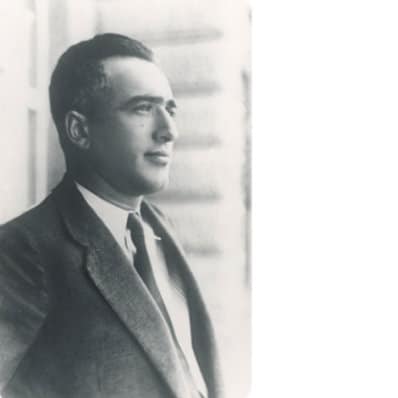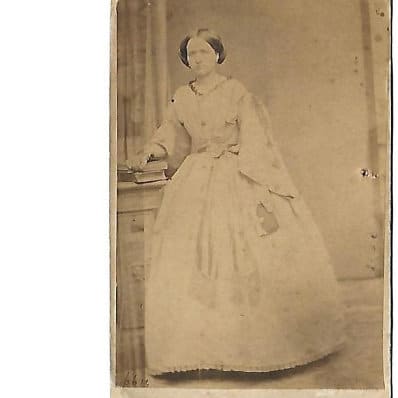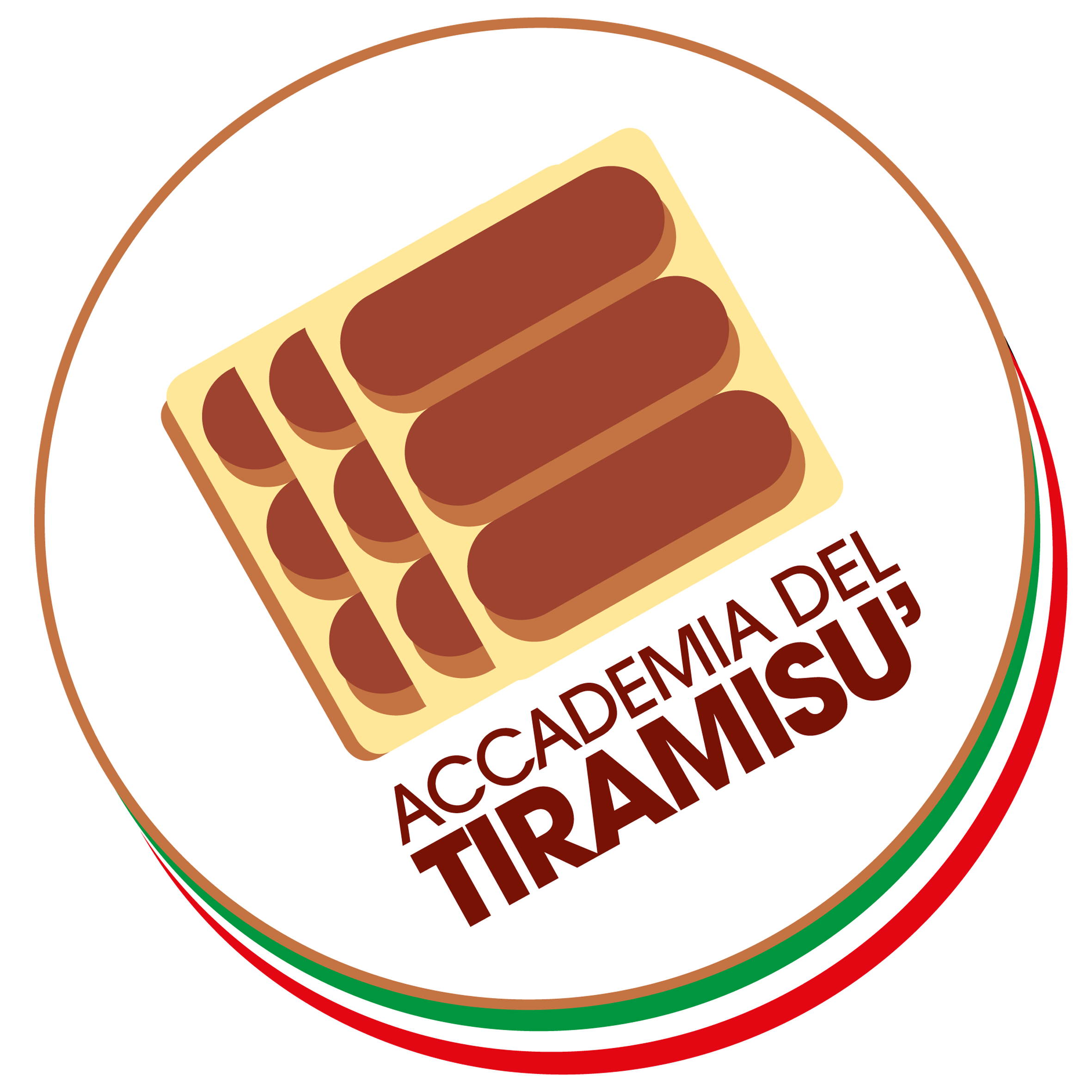Tiramisù, a typical dessert from Treviso, was the first dessert to have patriotic ingredients.

Looking at these ingredients, and at the historic period and the development of the recipe, it is easy to understand many aspects of the Treviso origins of this dessert.


Lo scrittore Giovanni Comisso (1895 - 1969)
In the 19th century, during the unification of Italy, many noble families in Treviso society were familiar with and ate Tiramisù. It was made with a type of sponge cake that was baked using traditional Austrian and Hapsburg recipes.
Writer Giovanni Comisso told his dear friend, Professor Manlio Brusatin some of the historic traditions from his family, together with anecdotes about Tiramisù in the winter of 1968. The writer remembered how his grandmother, Giuseppina Tiretta (Treviso 1829 - Florence 1917) a descendent of Count Odoardo Tiretta, was a great lover of Tiramisù, which was often eaten as an evening meal in winter. Nonna Giuseppina Tiretta’s Tiramisù was a triumph of ingredients: eggs, sugar, coffee, mascarpone, cocoa powder, and lady finger biscuits.
The Tiretta Salsa family, which was actively engaged in the struggle to unify Italy, wanting to show this even in its cuisine, imported the Savoiardi (the typical lady finger biscuits named for the Savoy family) and began to spread this ingredient throughout the Treviso area. This is how we can explain the popularity of the lady finger in the 19th century. Obviously, nothing was left to chance in this form of revolt against Austrian tastes, a symbolic and patriotic message of accessing Veneto to the Italy of the Savoy family.
Another important ingredient of Tiramisù is mascarpone, a typical cheese from Lombardy.

La nobile Giuseppina Tiretta (1829 - 1917)

The spread of this cheese throughout Treviso in the period of the 19th-century war for independence was a gastronomic revolt against the tastes of Austria and a way of showing belonging to the newly forming Kingdom of Italy.
Even the First World War and the front line of defence in Treviso (the Montello – Piave line) played their part in making this dessert known to many Italian soldiers, turning it into a patriotic Italian dish.
Foods often contain historic and scientific truths with important meanings. It is up to us, readers and enthusiasts of local traditions to discover them and explain them to the rest of the world.
Source
Information curated by Tiziano Taffarello, founder of the Accademia del Tiramisù
Email: [email protected]
Link: www.accademiadeltiramisu.com
Tiramisù, a typical dessert from Treviso, was the first dessert to have patriotic ingredients.

Looking at these ingredients, and at the historic period and the development of the recipe, it is easy to understand many aspects of the Treviso origins of this dessert.

In the 19th century, during the unification of Italy, many noble families in Treviso society were familiar with and ate Tiramisù. It was made with a type of sponge cake that was baked using traditional Austrian and Hapsburg recipes.
Writer Giovanni Comisso told his dear friend, Professor Manlio Brusatin some of the historic traditions from his family, together with anecdotes about Tiramisù in the winter of 1968. The writer remembered how his grandmother, Giuseppina Tiretta (Treviso 1829 - Florence 1917) a descendent of Count Odoardo Tiretta, was a great lover of Tiramisù, which was often eaten as an evening meal in winter. Nonna Giuseppina Tiretta’s Tiramisù was a triumph of ingredients: eggs, sugar, coffee, mascarpone, cocoa powder, and lady finger biscuits.

Lo scrittore Giovanni Comisso (1895 - 1969)
The Tiretta Salsa family, which was actively engaged in the struggle to unify Italy, wanting to show this even in its cuisine, imported the Savoiardi (the typical lady finger biscuits named for the Savoy family) and began to spread this ingredient throughout the Treviso area. This is how we can explain the popularity of the lady finger in the 19th century. Obviously, nothing was left to chance in this form of revolt against Austrian tastes, a symbolic and patriotic message of accessing Veneto to the Italy of the Savoy family.
Another important ingredient of Tiramisù is mascarpone, a typical cheese from Lombardy.

La nobile Giuseppina Tiretta (1829 - 1917)
The spread of this cheese throughout Treviso in the period of the 19th-century war for independence was a gastronomic revolt against the tastes of Austria and a way of showing belonging to the newly forming Kingdom of Italy.
Even the First World War and the front line of defence in Treviso (the Montello – Piave line) played their part in making this dessert known to many Italian soldiers, turning it into a patriotic Italian dish.

Foods often contain historic and scientific truths with important meanings. It is up to us, readers and enthusiasts of local traditions to discover them and explain them to the rest of the world.
Source
Information curated by Tiziano Taffarello, founder of the Accademia del Tiramisù
Email: [email protected]
Link: www.accademiadeltiramisu.com
Why not know us?
CONTACT US NOW

Stay up to date on our activities and events. Subscribe now to our newsletter.
If you want to know us better or join our academy, you just have to contact us now!




